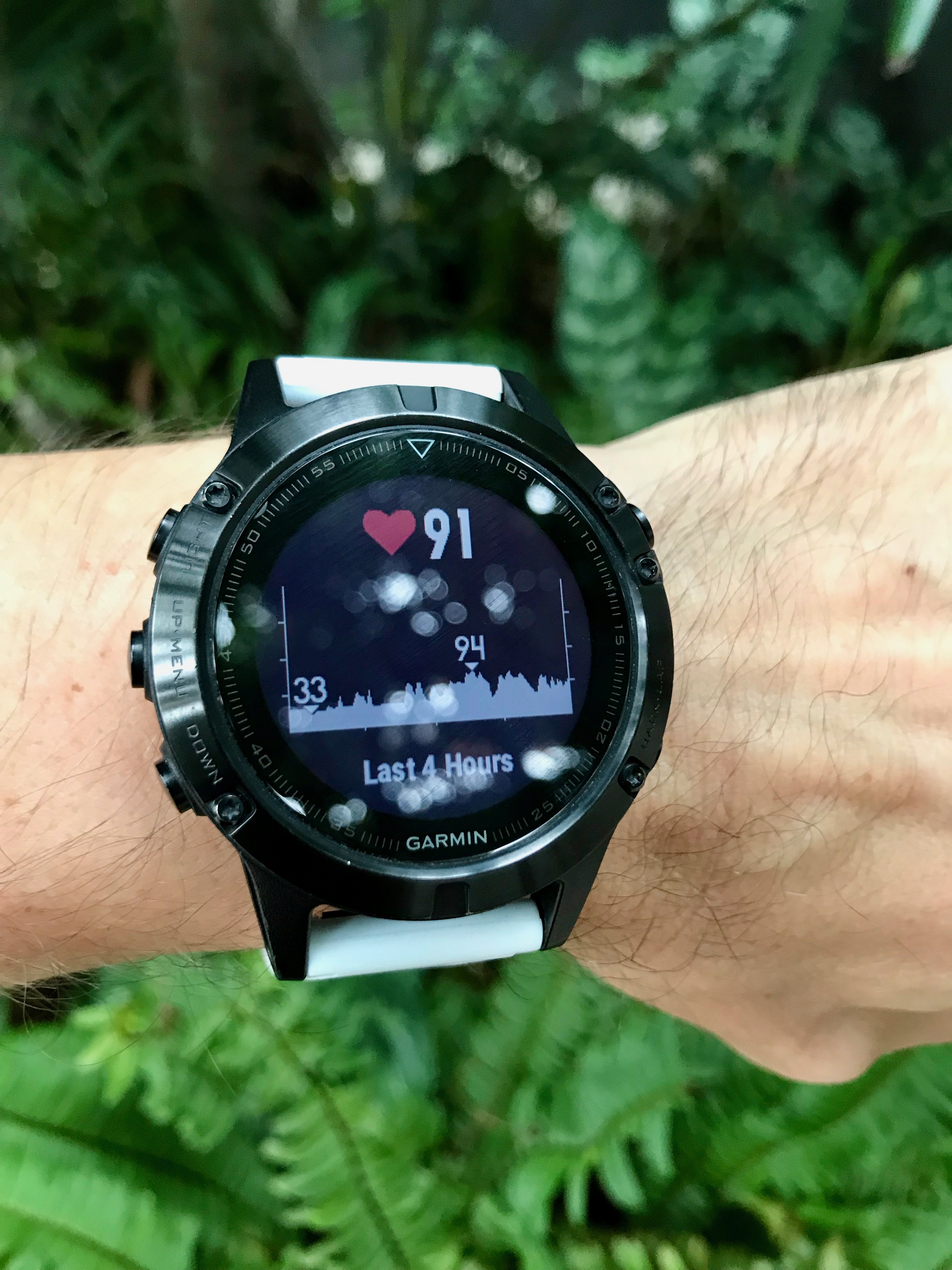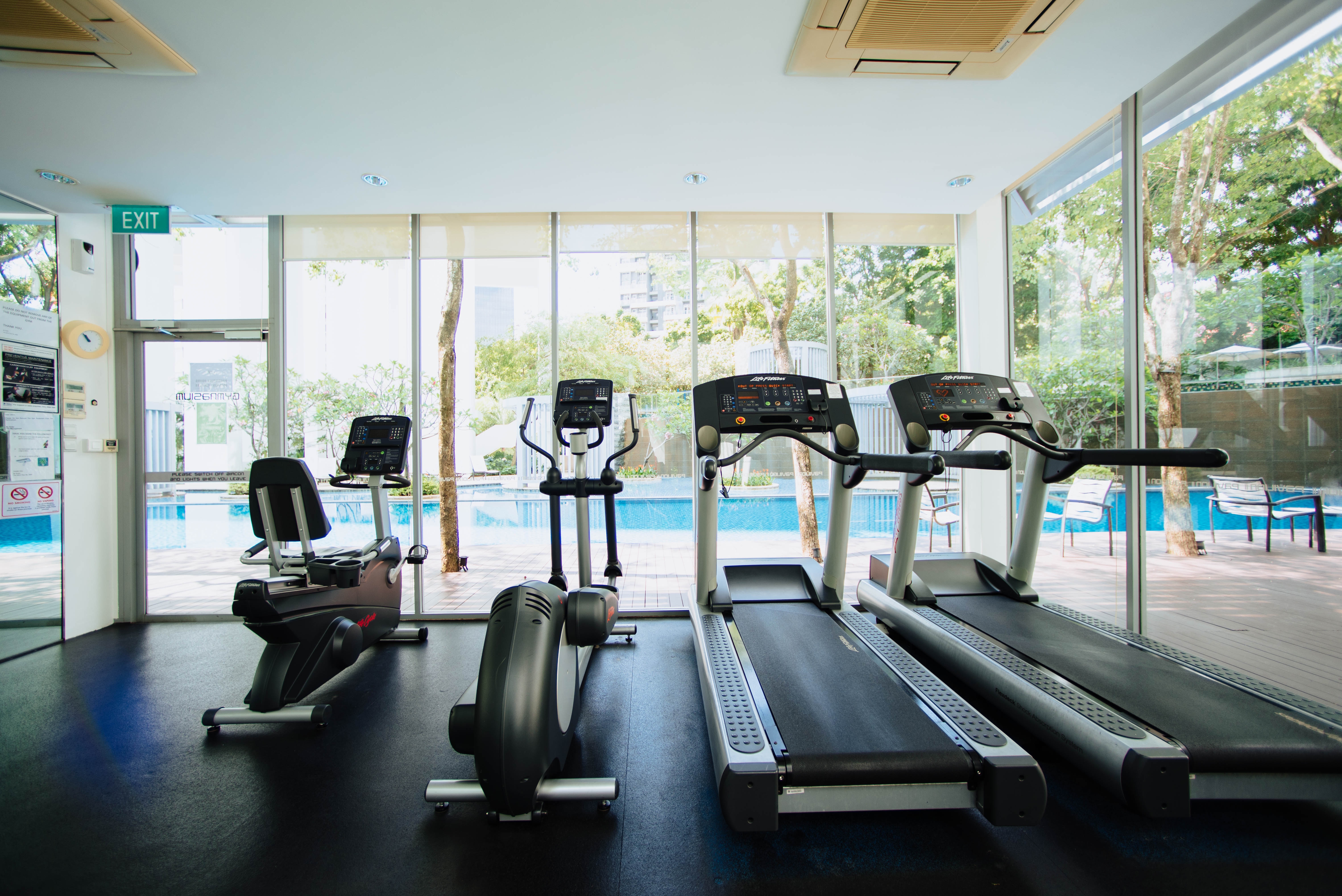Setting goals
I’m sure you’ve heard of SMART goal setting. Well, this can and should be applied not just in the work environment but also in your training schedule. Ideally the goals should motivate, inspire and bring on change. Remember to use the journey as part of your goal as this is where most learning is done. Certainly set an ultimate goal but you also need mini goals, stepping stones, milestones or whatever you wish to call them along the way. These help to keep you on point and offer opportunity for accomplishments along the way.
Stay positive
Staying positive takes practice like everything else. It involves exercising the brain and your response mechanism, which is not easy but practice is a skill enhance and the more you give it a try the better you become. Always recall the purpose of a training session both before and after. Soon enough you will be able to determine whether future sessions need a tweak or not. This is a proactive measure rather than waiting until the end of the final goal to determine if your historical sessions were what they needed to be.
Be realistic
We’re all busy nowadays. We have access to so many things we are constantly having to make choices. This in itself is exhausting. Simplify things by keeping to a simple routine. Reduce task switching where possible and focus 100% on one task at a time. Planning ahead and being realistic will more likely result in you sticking to it over time. Of course don’t neglect spontaneity. This can excite so do something now and then but find that balance between having realistic plans that are likely to result in change and overzealous spontaneous wishes.
Create a strong foundation
We naturally loose 1-3% muscle mass every year. It’s a natural occurrence. Slow this process down by engaging in a strength training program a couple times a week; 30 – 40 mins ea session should suffice. Having a strong base gives you a platform from which you can take part in a variety of activities not just running. Year round strength helps prep you for that spontaneous activity that’s around the corner.
Remember, muscle tone is a significant determinant of metabolism and the more muscle you have the higher your metabolism will be . The higher your metabolism the more of a fat burning furnace your body will be even at rest. What a bonus! Being conditioned also helps lessen potential injury. Look at strength training as a long term investment. You may not see the result immediately but you will over time, be it through different activities, having less injuries throughout the year, higher metabolism, more energy to spend time where it matters or feeling solid/stronger on those runs.
Assess your technique
Did you know technique is usually the first thing athletes in other sports assess when trying to be their best but is usually the last thing runners assess when in the same position? It’s usually, shoes, distance, terrain, etc that get assessed and technique is last on the list. If only they knew with the correct technique you can run in almost any shoe (yes, even in some high heels – I’ve tried), run on any terrain, increase your distance and saving more energy by merely adjusting your technique. So give it a go.
Diversify
No one runs 100% of the time and if they do then ask them to read this. Diversifying your workouts and activities gives you rest both physically and mentally. It also keeps things interesting as you’re likely to use different kit, train in an alternative environment, use your muscles, coordination and energy systems somewhat differently. Engaging in other activities also gives you time to reflect on the activity you’re not currently engaged in. Sometimes it just gives you some timeout. Timeout needed to reboot and recharge both physically and mentally.
Rest
A lot of injuries in most sports are from overuse. So take a break. Your body will love you for it. I’ve gone two weeks at a time with very little activity other than stretching and maybe some walking only to come back to running a lot stronger. It’s amazing what rest can do. Before one of my mountain marathons in the Swiss Alps I chose not to do any activity for two weeks prior. I ran one of the best races in my life. I put it mainly down to rest/tapering before the event. This is in part why many if not all training programs have a tapering phase. Don’t underestimate the impact of rest before the big event.
Eat well
Heard the saying you are what you eat? Your body only performs as well as the energy you put in to it. Feed it crap you run like an old diesel engine. Feed it well and you become a high octane fuel burning machine.
Get Social
Strava recently released stats confirming when you engage in a running group you’re more likely to run 20% further and when joining a cycling group it’s a whopping 40% further. Distance is only one metric but forget not the endless and pointless chit chat along the way. That stuff can be good for you and I’m not referring to the gossip stuff.
Reward yourself
Being rewarded releases certain chemicals in the pleasure centres of the brain and we feel great as a result. Who really cares if you had a DNF or did not hit a PB? You? Anyone else? Help yourself get over it and reward yourself for trying at least. Rewards serve an as integral function of overall health be it psychologically, mentally, physically or even socially. Find what works for you and be good to yourself. You’ve got a long way to go and the journey is usually far more enjoyable with the odd cheeky treat along the way.




Good tips and thanks. I always underestimate the impact of rest and your right, forgot about technique